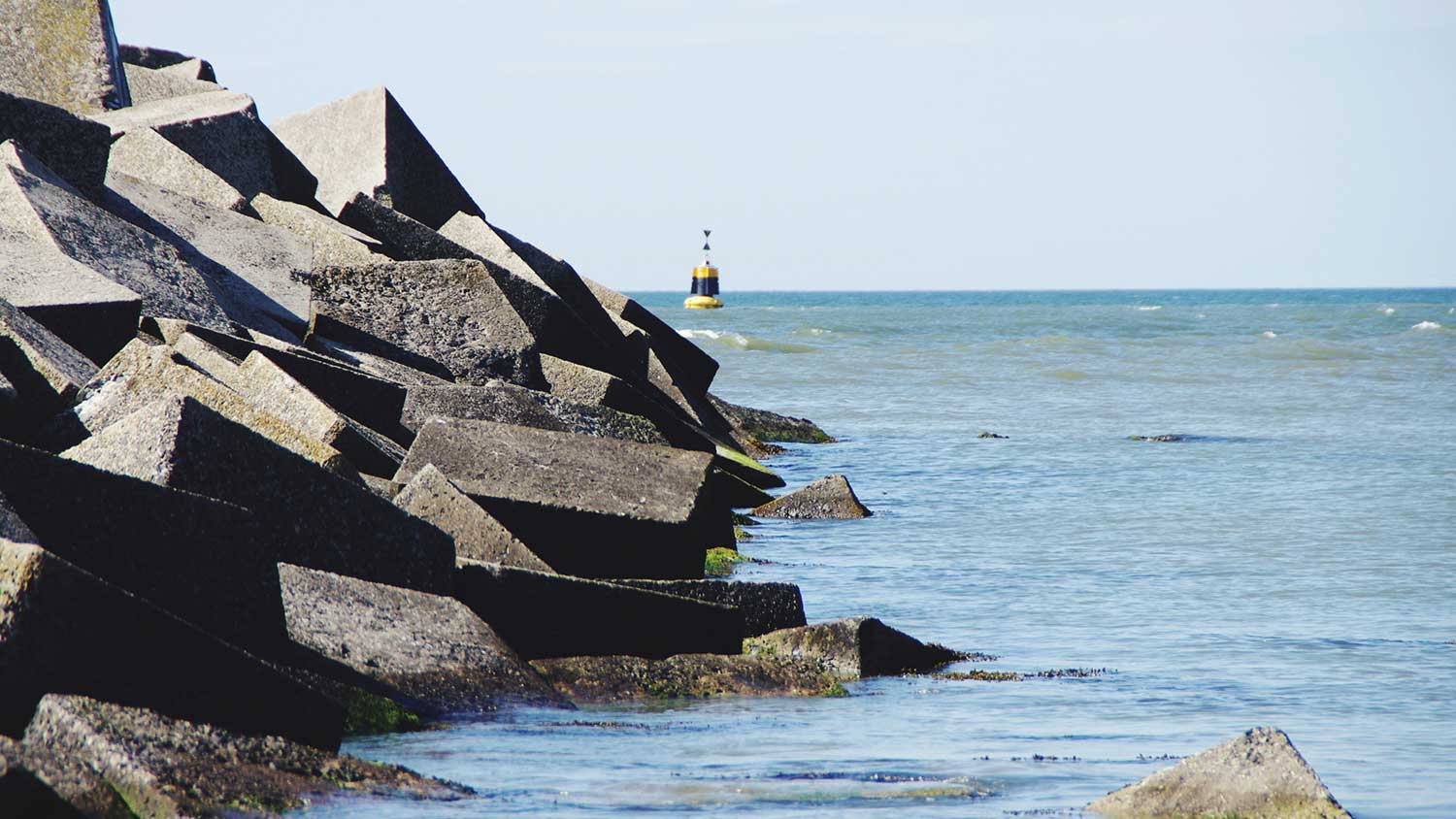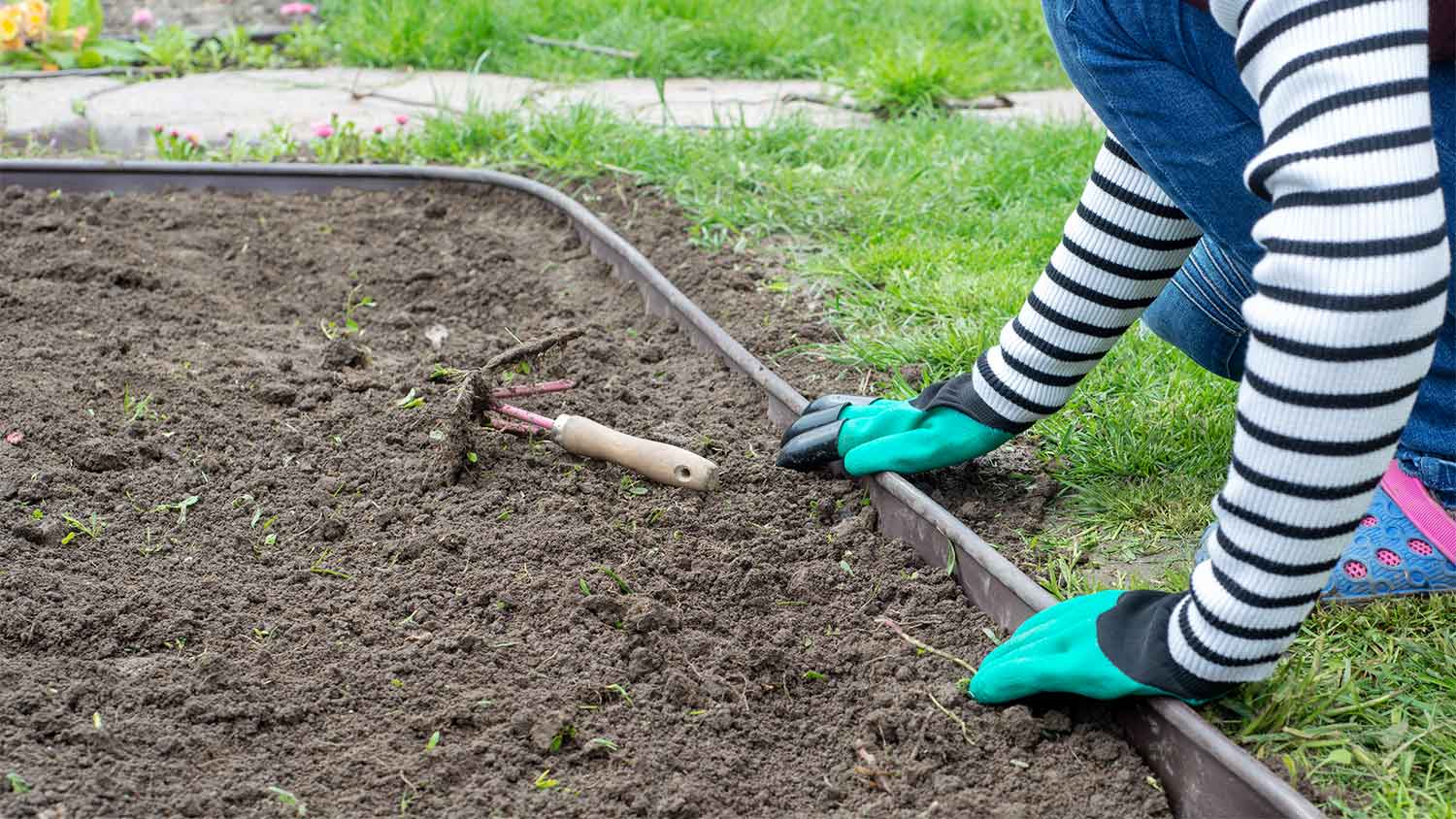
Budget for backyard putting green costs based on factors such as size, surface material, site preparation, landscaping, labor, and more.
A landscape grader or licensed contractor installs riprap to stop shoreline erosion and protect property


Riprap installation is the placement of layered rock along water edges to control erosion and stabilize shorelines and banks.
Pricing is calculated per linear foot and varies by project size, site conditions, and slope requirements that affect labor.
Rock sizing and shoreline regulations influence design decisions and permitting, which impact timelines and complexity.
Hiring the right pro protects your property, improves durability, and delivers a clean, attractive finish that blends with the landscape.
Confirm references for residential riprap work and verify licensing and permits before any shoreline excavation begins.
This article was created using automation technology and thoroughly fact-checked and edited by HomeAdvisor Editor Ryan Noonan.
When you ask who installs riprap, hire a landscape grader or other licensed contractor with grading and rock‑laying expertise. Shorelines are regulated, so installers need proper licensing and permits to work legally and protect your property.
Get at least three bids and confirm each contractor’s experience with residential riprap projects and how their work has held up over time.
Landscape graders design and build riprap systems that stop soil erosion and protect water‑adjacent property. They grade slopes, compact soil, add geotextile fabric, and select rock sizes that interlock for long‑term stability. Professional installation looks good and lasts, reducing risk to your shoreline and the surrounding landscape.
Achieves a stable, no‑steeper‑than‑3:1 slope for reliability
Compacts subgrade to support the weight of tons of rock
Places geotextile fabric to reduce soil loss beneath rock
Sizes and lays stone for tight interlock and strength
Staggers rock patterns for consistent contact and stability
Follows permits and shoreline regulations for compliant work
Operates heavy equipment safely for precise installation
Builds long‑lasting protection for water‑adjacent property
Designs solutions for varied shoreline and erosion conditions
Delivers a neat, attractive look that complements the site
If your shoreline project involves complex grading, heavy equipment, or strict permitting, you might want to consider a landscaper near you to ensure the job is done safely and in compliance with local regulations.
Seawall contractors can install riprap when they are experienced with grading and rock‑laying methods. They work with materials such as concrete, vinyl, treated wood, steel, and rock, and understand local shoreline guidelines. Ask for references from past residential riprap projects to verify quality and durability.
Pros follow a step by step process when installing riprap to ensure a safe and secure installation.
Prepare and grade the slope: Excavate to a maximum 3:1 horizontal‑to‑vertical slope and clear debris and vegetation.
Compact the soil: Densify the base to support the weight of riprap.
Add geotextile fabric: Secure fabric to limit soil loss beneath the rock.
Lay gravel layer: Install gravel or small stones for added stability.
Place large rocks: Stagger placement, mix shapes and sizes, and ensure solid rock‑to‑rock contact; type B/type 2 stones (12–24 inches) suit mild erosion.
Fill gaps: Chink voids with smaller stones to lock the structure.
Install border: Add a decorative or containment edge if needed.
Installing riprap costs $70 to $400 dollars per linear foot. Your total depends on project length as well as your property’s condition and slope. These factors influence excavation needs, grading, and the amount of rock required. Compare at least three bids to evaluate scope, methods, and timelines for your shoreline.
From average costs to expert advice, get all the answers you need to get your job done.

Budget for backyard putting green costs based on factors such as size, surface material, site preparation, landscaping, labor, and more.

Use this guide to estimate landscaping costs based on factors like project scope, yard size, labor rates, and more.

Use this guide to budget for landscape architect costs based on factors such as services offered, fee structure, project scope, and more.

Discover who to hire to build a pond, what to expect from a pond builder, and cost considerations for your backyard water feature.

Wondering who to hire to plan your landscape? Learn when to call a landscape designer vs. a landscape architect and how pros get it done.

Find who to hire to edge my yard. Learn why landscapers are best, other pro options, and how pros install clean, lasting edging.